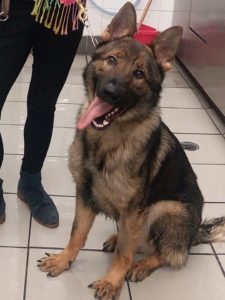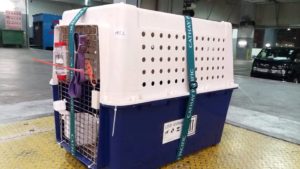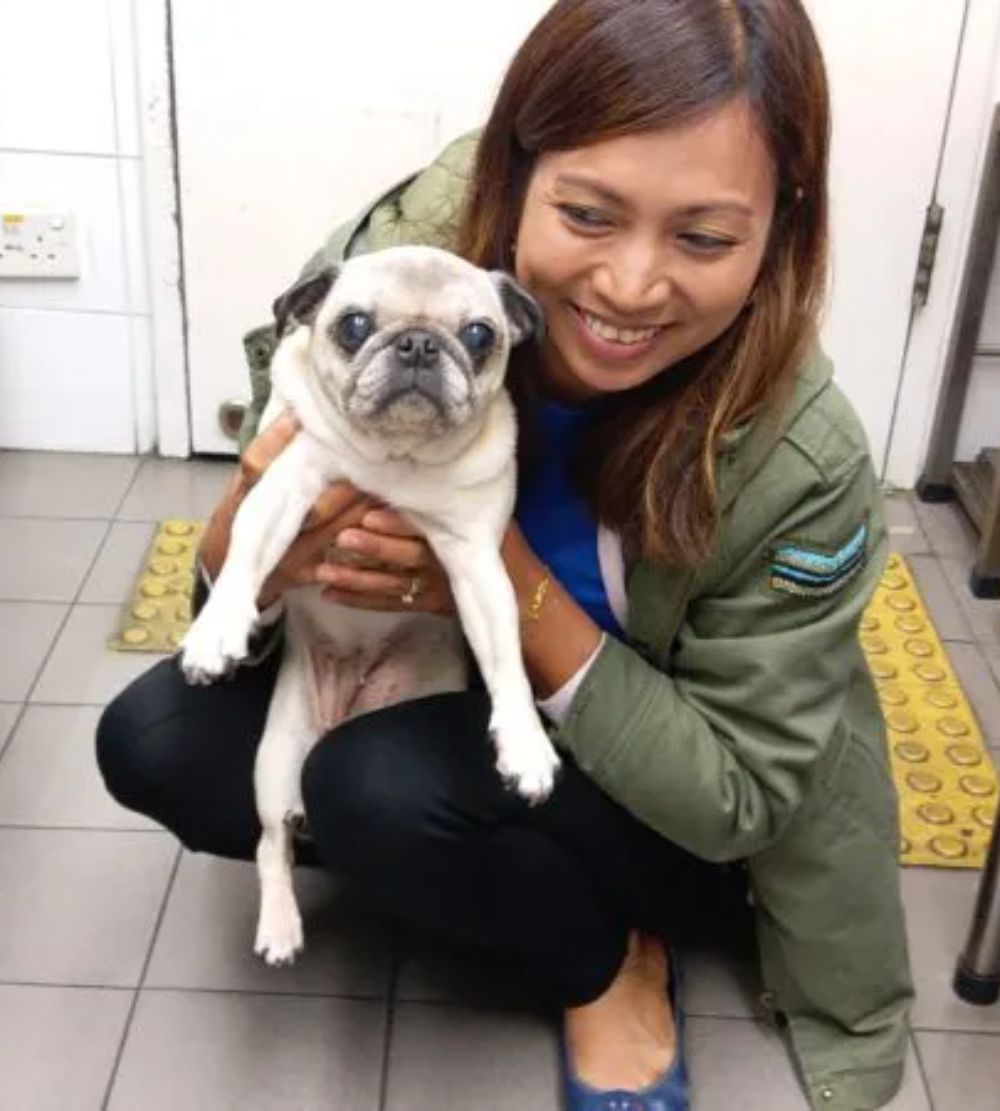Best Tips For Cat & Dog Relocation
We know that pet relocation can be a stressful time for both owner and pet. That’s why we are here to help take some of that stress away! From choosing crates to microchipping your animal – we’ve got it covered!
1. As soon as you know you’re moving find out about your pet’s travel requirements
Some pets may be more difficult to relocate than others, therefore before you start the process its extremely important to find out about the travel requirements of your own pet. For example, not all pets can fly in the cabin or cargo – some pets and breeds cannot fly at all. Your vet can be helpful when travelling with pets who may be more difficult to relocate. A vet will be able to help you assess your options and plan the best course of action.
2. Check the entry requirements for your pet for your new country of residence
Countries have different requirements that they expect from you and your pet to enter. This can get extremely confusing as expectations are unique to the country your pet is travelling to. Therefore, it was vital that you check as soon as possible what these requirements will be. Sometimes it may take a while to get all these documents in order and the list can be quite extensive. For example, pets travelling to Australia need to be microchipped, vaccinated, had a rabies titer test, have an import permit, have a health certificate, treated against internal parasites twice and must have resided in the country continuously since birth or a minimum of 6 months prior to import!
3. Booking your airline – the earlier the better!
Where possible, always try to book a direct flight. This prevents the potential disruption caused to both you and your pet by having to arrange a transfer. Most flights will have a limit on the number of animals they can transport, so it is always better to book sooner rather than later. Additionally, once your flight is booked you can start immediately liaising with the airline about the transportation arrangements with your pet. The earlier this can be done, the more organised and smoother the relocation will be and (hopefully) the less stress you will feel!
4. Contact your vet
Make sure you arrange to meet your vet and discuss your travel plans with them. This is particularly important if your pet is on medication and will need prescriptions in your new country of residence. Most airlines will require documentation from your vet demonstrating your pet is in good health and has had all the required vaccinations to travel or enter another country. Give yourself enough time to make sure you can get this paperwork in order. It’s also a good idea to have the contact details of your vet on hand in case of emergencies as well.
5. Choosing your pet carrier/crate
First make sure you know the size of your pet. Though this may seem obvious, it is vital for your pets’ comfort and safety that you measure them properly and buy a suitably size crate. Your pet should be able to stand up and turn around in it. The crate should have good ventilation and means to secure water and food bowls. Secondly, you must check the requirements of the airline your pet is travelling with. Your pet may have a certain amount of space depending on their size/breed/species and therefore it is very important a crate will fit within this. Airlines can vary in their requirements of crates and carriers and therefore it is essential you check beforehand. The crate you buy also needs to be International Air Transport Association compliant.
6. Pet anxiety
Travelling can be a very anxious time for your pet, particularly if they are travelling long distances and in unfamiliar situations, such as flying. It is therefore, recommended that you allow your pet time to get accustomed to their crate and being locked in it for longer periods of time. Putting a familiar comfort object or favourite toy in the crate can help ease some of their anxiety. However, do not tranquilize your pet, most airlines have policies against it and will not let your animal fly in this state.
7. Ensuring your pet is comfortable
Another way to reduce pet anxiety is ensuring that your pet is going to be comfortable throughout the duration of the trip. Make sure they have had time to run around and go to the toilet before they are put into their crate. This will make them feel more tired and hopefully it’ll easier for them to sleep. Also make sure they have enough food and water that is easily accessible throughout their journey.
8. Identification tags
Make sure that all information on your pet’s identification tags are up to date. This could save a lot of stress and hassle if there were to be a mix up en route.
9. Contact a pet relocation service!
Want the stress of relocating your pet taken away from you? Using a pet relocation service, such as Ferndale Kennels, means that the whole process is taken care of for you. Services that have both expert knowledge and comprehensive facilities means your pet will have a smooth and efficient experience from start to finish. Some services even offer door to door relocation. For more information on the services Ferndale Kennels offers please click here.





